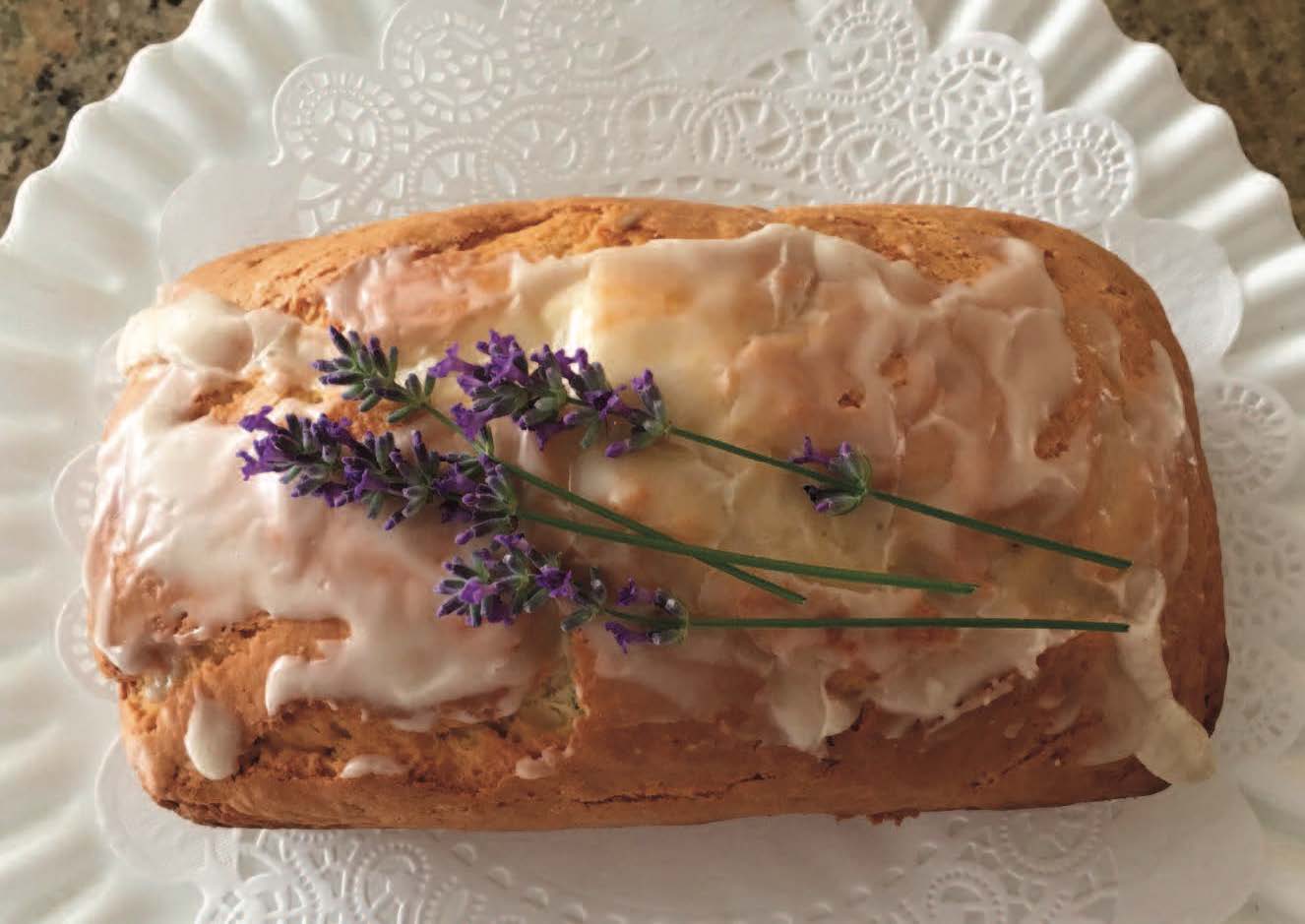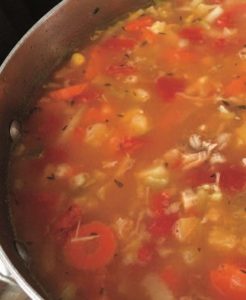
PHOTO: Nancy McDonald
Culinary delights to grow in your garden
By Nancy McDonald |
If you grew up in a certain era, you may remember the song “Please Don’t Eat the Daisies” from the movie of the same name, starring Doris Day and David Niven. It turns out the song was wrong. You can eat the daisies and as I am discovering, there are many simple and delightful ways to use edible flowers from the garden.
Of course, there are do’s and don’ts with edible flowers such as never eat a flower that you do not know for certain is edible. Positively identify the plant first, Latin name and all and check which parts of the plant are edible. Be mindful of allergies or even if you will like it; take a small taste first. Know the source of edible flowers— one reason why growing your own is a great idea. You can purchase organic seeds from many garden centres and websites. Local Seedy Saturday sales are great locations to check out.
To get started, here are five edible flowers to grow in your garden including ones you already may be growing.
Nasturtiums (Tropaeolum) are a wonderful edible flower. The large seeds are easy for young fingers and were among the first seeds my grandchildren planted. Direct sow seeds when all danger of frost has passed. The seeds germinate in seven to 10 days, adding quick gratification for young gardeners. The petals and leaves are edible. Nasturtiums have a spicy, peppery flavour and I’ll let your taste buds decide if it is closer to watercress or radish in flavour. We eat with our eyes, so imagine those colourful blossoms or the variegated leaves of the ‘Alaska’ foliage in a summer salad. Pick flowers as they appear and more will follow.
Calendula or pot marigold is a favourite garden flower as the more you pick, the more it rewards with blooms. The petals in vibrant yellow, gold or orange can be added to salads, frittatas, and biscuits. They can be dried to add to winter soups, infusing a yellow tint and a saffron-like flavour, hence the epithet “poor man’s saffron.” Direct sow the seeds in the spring.
Borage (Borago officinalis) is a familiar herb and its blue star-shaped flowers are a visual delight and a favourite garden destination for pollinators. The flowers have a sweet cucumber-like flavour and are attractive as an edible garnish on a fruit platter, in teas and lemonade. In fact, ancient warriors drank a tea of borage to give them courage before battle. Sow a few seeds in a sunny garden location and they will reliably self-seed in future years. The blue star flowers are ripe and ready to eat when they detach with a slight tug.
Lavender of the angustifolia species or English Lavender has done well in my Ottawa garden. Lavender is used sparingly in culinary dishes as a little goes a long way and you do not want to overpower a dish. It can be as simple as sprinkling flowers over chocolate cake or on top of sherbets, ice cream or custards. I make a tea loaf using minced lavender leaves and decorate with the flowers. Lavender infused sugars and honey are other possibilities. One need not only think of sweet dishes with lavender as it can be used in savory dishes such as meat marinades. Lavender as a Mediterranean herb, likes a full sun location and tolerates both alkaline soil and drought once established. In my clay-based soil, it has done well in a site bordered by concrete walkways which keep the soil conditions on the dry side.

PHOTO: Nancy McDonald
Viola (violets, violas, pansies) are very trendy in decorating cakes for special occasions and can be easily candied. I have the v. tricolor or ‘Johnny Jump Ups’ self-seeding throughout my garden. The petals have a sweet grassy flavour and can be added to salads or infused in simple syrup or vinegars.
Other edible flowers you may have in your garden: roses, squash blossoms, dandelions, chive flowers, cowslips and lilacs. Once you start exploring the world of edible flowers, so many possibilities and culinary opportunities await. Think of how enticing an early spring salad would look with violas and cowslips sprinkled on top. Or chop the vibrant blossoms of flowers such as nasturtium, borage and pansies and roll them into a goat cheese log. Add a few crackers and your creation will be the hit of any summer gathering.
Do you struggle with self-described gardening failures such as cilantro and broccoli going to flower? Both of these flowers are wonderful edibles, so do not send them to the compost bin. Possibly you did not find the time to pinch back your basil and now have flowers on your plant. These are delicious with a more intense basil flavour; just imagine the colour and taste they would impart to a fresh tomato salad.
The best time to harvest edible flowers is on a warm, dry morning before the sun is too hot. Freshly opened flowers will have the most scent and flavour. Remove green parts surrounding the flower, the central stamens and pistils and white heel where the flower or petal was attached. It is not necessary to remove the white heel on small petals like calendula, as doing so would be tedious. Do snip off the white heel on rose petals as the flavour is bitter, like an un-ripened strawberry, which makes sense as they are in the same plant family.
To further educate yourself on edible flowers including which parts of the plant are safe to eat, there are reliable sources online and outstanding books at the Ottawa Public Library. This resource from the University of Minnesota is very informative https://extension.umn.edu/flowers/edible-flowers. Many Canadian seed companies also provide lists of edible flowers.
Edible flowers aren’t just pretty additions. Those vibrant colours are announcing they are brimming with anti-oxidants. Research identifies other nutrients in flower petals such as Vitamin C, riboflavin, niacin and minerals such as calcium and potassium. Simple, edible, and delicious; I challenge you to try some edible flowers this summer. You will then identify yourself as a floriphagia person, one who eats flowers.
Remember with edible flowers:
- Wash well to clean and debug any visitors hiding inside.
- Only use edible flowers as a garnish.
- Make sure children know to check before eating.
- Birds and animals safely consume some plants that are poisonous to humans.
- Never gather edibles from roadsides as plants absorb toxins from car exhausts and applied chemicals.
Nancy McDonald is a retired nurse who joined Master Gardeners of Ottawa Carleton as a lovely way to volunteer and learn in retirement.



